Life on Earth is amazing. It can be found even in the most unlikely places. There is basically no area on this planet where life is impossible, even though in the form of microorganisms only. While finding out about these amazingly enduring creatures, we cannot but ask ourselves if some similar forms of life might have evolved in the extreme conditions of such planets as Mars, Europa, or Titan. Here is a list of the 10 most unlikely places to find life on Earth.
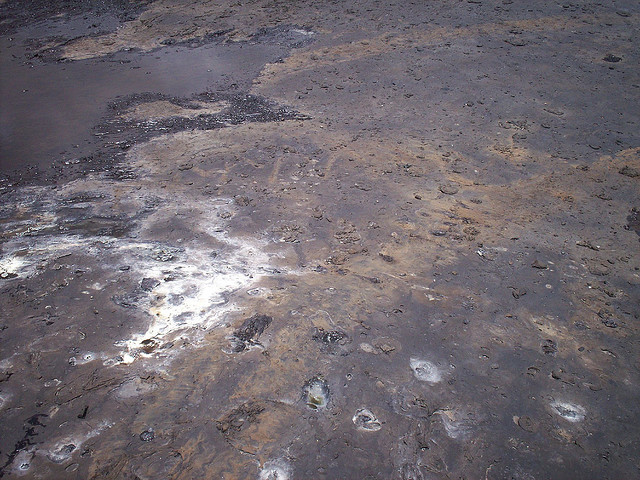
How could something live in such an environment as bubbling, hot tar? Well ,apparently, it really could. However, you should not expect to find some unknown fish swimming around! Actually, in the Pitch Lake(on the Trinidad Island), which is the largest natural asphalt lake in the world, life is flourishing: each gram of this yucky liquid if loaded with millions of microbes . The forms of life which developed here do not seem at all terrestrial: they feed with hydrocarbon and breathe metals, most probably.
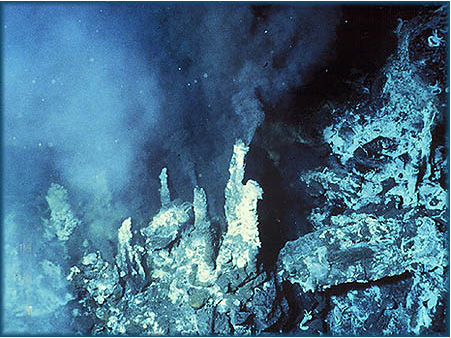
Boiling water does not allow any living creature to survive, right? Wrong! The Pacific Ocean’s hydrothermal vents are home to such creatures as the tubeworms and the giant clams, while the vents in the Atlantic Ocean shelter the eyeless shrimps, as well as other strange creatures. It is not only the temperature that would kill most of the creatures on Earth, but the pressure as well: deep down these vents, the pressure is around 500 times higher than normal. If these animals are able to survive and thrive in such extreme conditions, one may wonder why wouldn’t some alien creatures live on other planets, which considered inhabitable for humans, such as Venus, for example.

This is one of the strangest places to find life on Earth. We all know that radioactive areas cannot be inhabited by any living organisms. This is not ENTIRELLY true. There is a microscopic organism which couldn’t care less about radiation: the Deinococcus Radiodurans bacteria may survive radiation doses of 15, 000 grays (a human would be killed at 10 grays). This is why it is ranked in the Guinness Book of Records as “the toughest bacterium” in the world.
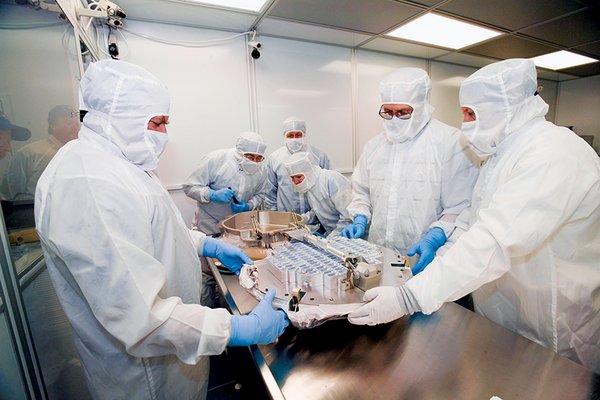
When preparing for a space mission, NASA does everything that can be done in order to avoid the contamination of other worlds with our own forms of life. Thus, the spacecrafts are built in the so-called “clean rooms”, which were supposed to be free from any form of life. However, here’s a huge surprise: much more microbes than anyone could have imagined are happy to live in these extreme conditions: surviving only by means of leftovers from painting and cleaning solutions , these bacteria were probably unknowingly transported into the space already. Among the 193 different species of bacteria that love super-cleanness, 13 were unknown to scientists until recently.
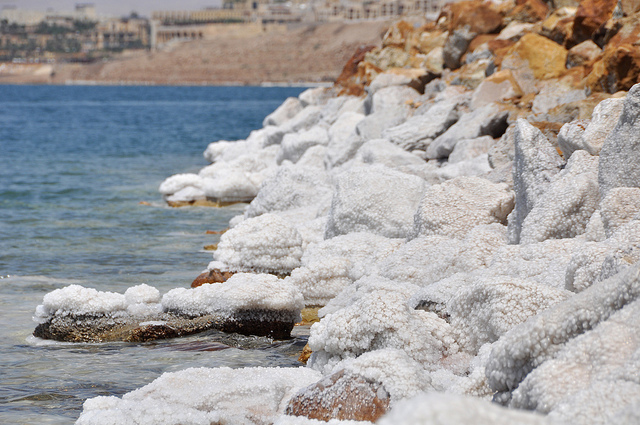
There is no wonder that the Dead Sea got such a tragic name! It is actually one of the most unfriendly places on the planet. Life on Earth continues to surprises us, though. Despite being one of the saltiest water sources on the planet, there are some microorganisms that “like it salty”. They are the so-called “halophile microbes”. They do well in salty environments that would kill most of the regular organisms in the world. They are really tough. Scientists tried to test their resistance by exposing them to such extreme conditions as high radiation or outer space and they did not die.
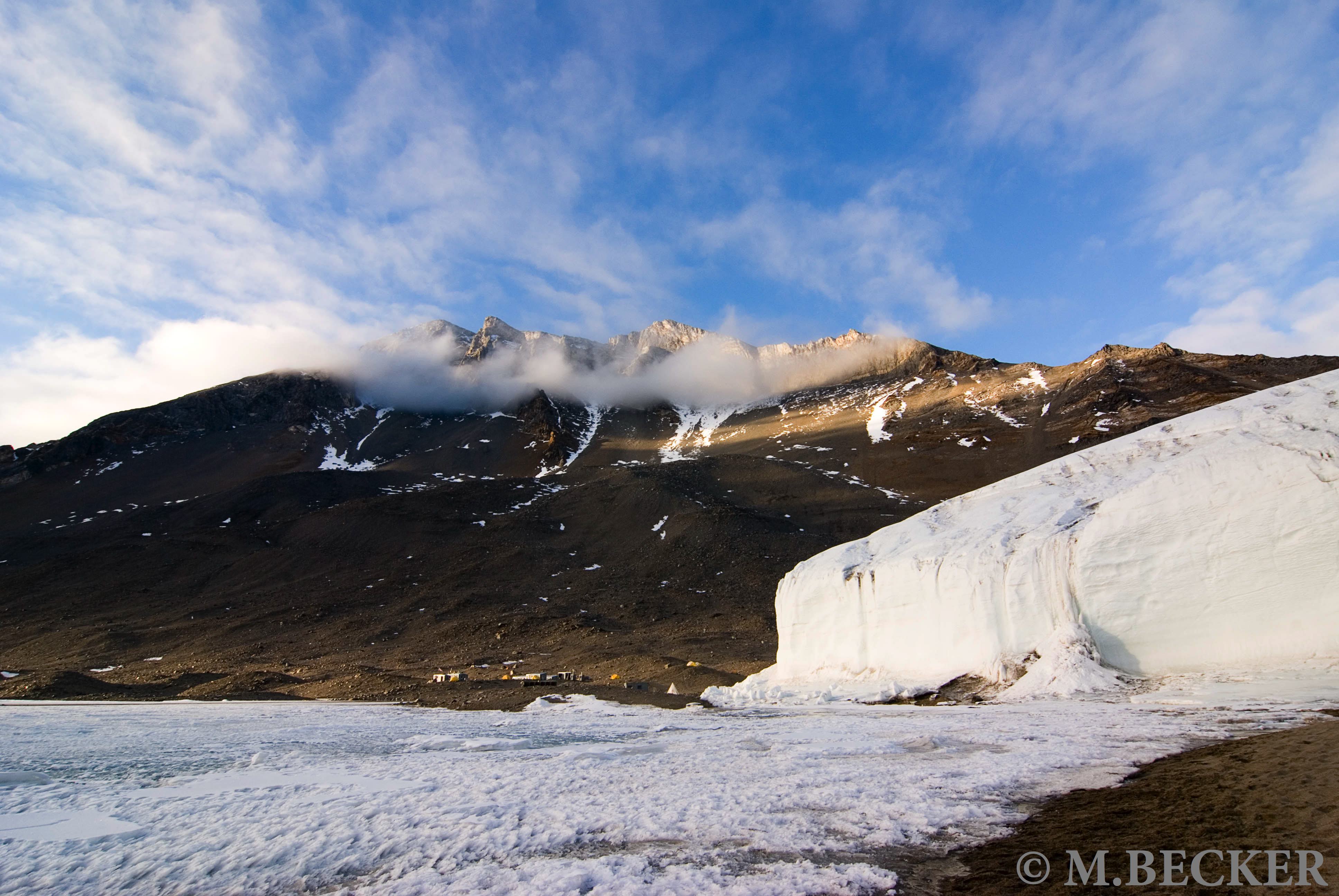
Here is one place where life was really inconceivable: the Dry Valleys of Antarctica. Here, the environment is so cold and dry that it resembles Mars. Thus, the only living things that survive in these conditions, some interesting bacteria which live without air and light, tell us that life might have found a way on the Red Planet as well. This is because they live in their own isolated colony, far from any kind of intrusion, since 1,500 million years.
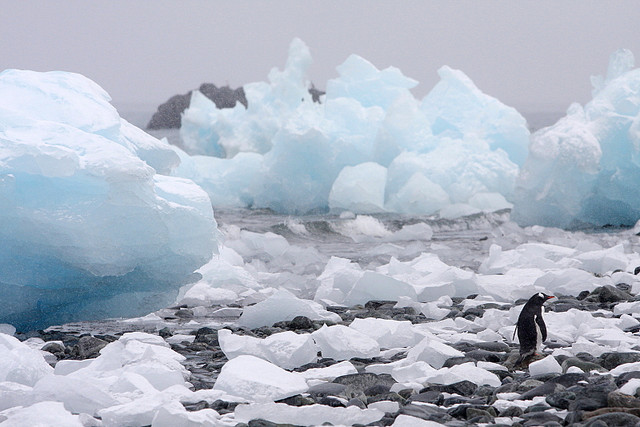
Not living, but definitely, not entirely dead, some germs which were frozen a long, long time ago, in Antarctica, may come back to life, with the recent climate changing. Apparently, such microorganisms might survive millions of years in ice, which is really impressive and give many ideas to the scientists, both regarding alien life and regarding human cryonics. They experienced on ice samples which contained microbes up to 8 million years old. The younger samples (100.000 years old) actually grew really fast, but the older one were slower, due to their ADN having deteriorated. However, the results are fascinating!
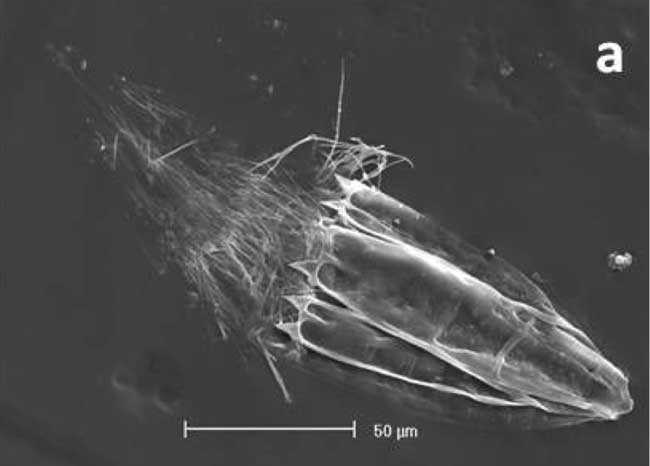
On the bottom of the Mediterranean Sea, a place of no oxygen, high salinity and an impressive level of toxicity (due to sulfides) there was no hope to find any living creatures, except, maybe, the bacteria that seems to thrive anywhere. However, scientists were pleasantly surprised to discover here more complex forms of life: the weird and wonderful creatures called loriciferans.
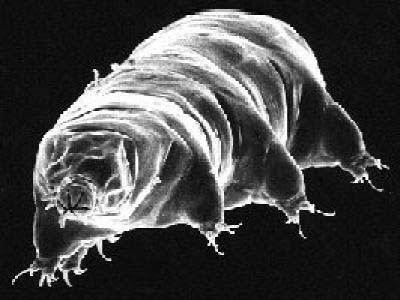
In the vacuum of the outer space around the Earth, no known creatures, except for some types bacteria could survive. However, scientists found a more complex form of life that returned safely after being exposed to the freezing cold and the radiations of the Earth’s low orbit: the water bear. These really small, eight legged creatures have an extraordinary ability of suspending all activity for the time when they are not in water. They seem dead, but once they are back in their natural environment, they come back to life, without having suffered any damage after the exposure to extreme conditions.
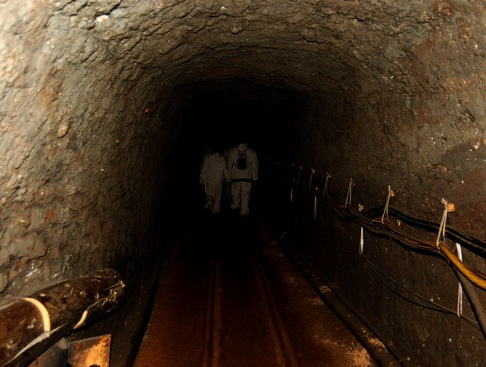
Regardless of how harsh the conditions might be, life on Earth always finds a way. We know it now. However, life DEEP INSIDE the Earth was highly improbable; improbable, yes, but not impossible, as scientists recently discovered. They found microbes “living happily” inside rocks, in the South African mines, two miles (3,252 km) below the surface. Also, a mile (1626 km) below the seafloor, a living organism was found, thriving with methane as an energy source and tolerating temperatures of up to 100⁰C. It’s impressive to see to what degree the Earth is populated. There’s basically no place, no matter how unwelcoming, where life could not begin.
1. In the bubbling tar lakes

How could something live in such an environment as bubbling, hot tar? Well ,apparently, it really could. However, you should not expect to find some unknown fish swimming around! Actually, in the Pitch Lake(on the Trinidad Island), which is the largest natural asphalt lake in the world, life is flourishing: each gram of this yucky liquid if loaded with millions of microbes . The forms of life which developed here do not seem at all terrestrial: they feed with hydrocarbon and breathe metals, most probably.
2. In Hydrothermal Vents

Boiling water does not allow any living creature to survive, right? Wrong! The Pacific Ocean’s hydrothermal vents are home to such creatures as the tubeworms and the giant clams, while the vents in the Atlantic Ocean shelter the eyeless shrimps, as well as other strange creatures. It is not only the temperature that would kill most of the creatures on Earth, but the pressure as well: deep down these vents, the pressure is around 500 times higher than normal. If these animals are able to survive and thrive in such extreme conditions, one may wonder why wouldn’t some alien creatures live on other planets, which considered inhabitable for humans, such as Venus, for example.
3. In Radioactive Waste

This is one of the strangest places to find life on Earth. We all know that radioactive areas cannot be inhabited by any living organisms. This is not ENTIRELLY true. There is a microscopic organism which couldn’t care less about radiation: the Deinococcus Radiodurans bacteria may survive radiation doses of 15, 000 grays (a human would be killed at 10 grays). This is why it is ranked in the Guinness Book of Records as “the toughest bacterium” in the world.
4. In the Clean Rooms of NASA

When preparing for a space mission, NASA does everything that can be done in order to avoid the contamination of other worlds with our own forms of life. Thus, the spacecrafts are built in the so-called “clean rooms”, which were supposed to be free from any form of life. However, here’s a huge surprise: much more microbes than anyone could have imagined are happy to live in these extreme conditions: surviving only by means of leftovers from painting and cleaning solutions , these bacteria were probably unknowingly transported into the space already. Among the 193 different species of bacteria that love super-cleanness, 13 were unknown to scientists until recently.
5. In the Dead Sea

There is no wonder that the Dead Sea got such a tragic name! It is actually one of the most unfriendly places on the planet. Life on Earth continues to surprises us, though. Despite being one of the saltiest water sources on the planet, there are some microorganisms that “like it salty”. They are the so-called “halophile microbes”. They do well in salty environments that would kill most of the regular organisms in the world. They are really tough. Scientists tried to test their resistance by exposing them to such extreme conditions as high radiation or outer space and they did not die.
6. In the Dry Valley

Here is one place where life was really inconceivable: the Dry Valleys of Antarctica. Here, the environment is so cold and dry that it resembles Mars. Thus, the only living things that survive in these conditions, some interesting bacteria which live without air and light, tell us that life might have found a way on the Red Planet as well. This is because they live in their own isolated colony, far from any kind of intrusion, since 1,500 million years.
7. Inside Ice

Not living, but definitely, not entirely dead, some germs which were frozen a long, long time ago, in Antarctica, may come back to life, with the recent climate changing. Apparently, such microorganisms might survive millions of years in ice, which is really impressive and give many ideas to the scientists, both regarding alien life and regarding human cryonics. They experienced on ice samples which contained microbes up to 8 million years old. The younger samples (100.000 years old) actually grew really fast, but the older one were slower, due to their ADN having deteriorated. However, the results are fascinating!
8. In the basins of the Mediterranean Sea

On the bottom of the Mediterranean Sea, a place of no oxygen, high salinity and an impressive level of toxicity (due to sulfides) there was no hope to find any living creatures, except, maybe, the bacteria that seems to thrive anywhere. However, scientists were pleasantly surprised to discover here more complex forms of life: the weird and wonderful creatures called loriciferans.
9. On the Orbit

In the vacuum of the outer space around the Earth, no known creatures, except for some types bacteria could survive. However, scientists found a more complex form of life that returned safely after being exposed to the freezing cold and the radiations of the Earth’s low orbit: the water bear. These really small, eight legged creatures have an extraordinary ability of suspending all activity for the time when they are not in water. They seem dead, but once they are back in their natural environment, they come back to life, without having suffered any damage after the exposure to extreme conditions.
10. Below the surface of the Earth

Regardless of how harsh the conditions might be, life on Earth always finds a way. We know it now. However, life DEEP INSIDE the Earth was highly improbable; improbable, yes, but not impossible, as scientists recently discovered. They found microbes “living happily” inside rocks, in the South African mines, two miles (3,252 km) below the surface. Also, a mile (1626 km) below the seafloor, a living organism was found, thriving with methane as an energy source and tolerating temperatures of up to 100⁰C. It’s impressive to see to what degree the Earth is populated. There’s basically no place, no matter how unwelcoming, where life could not begin.
No comments:
Post a Comment